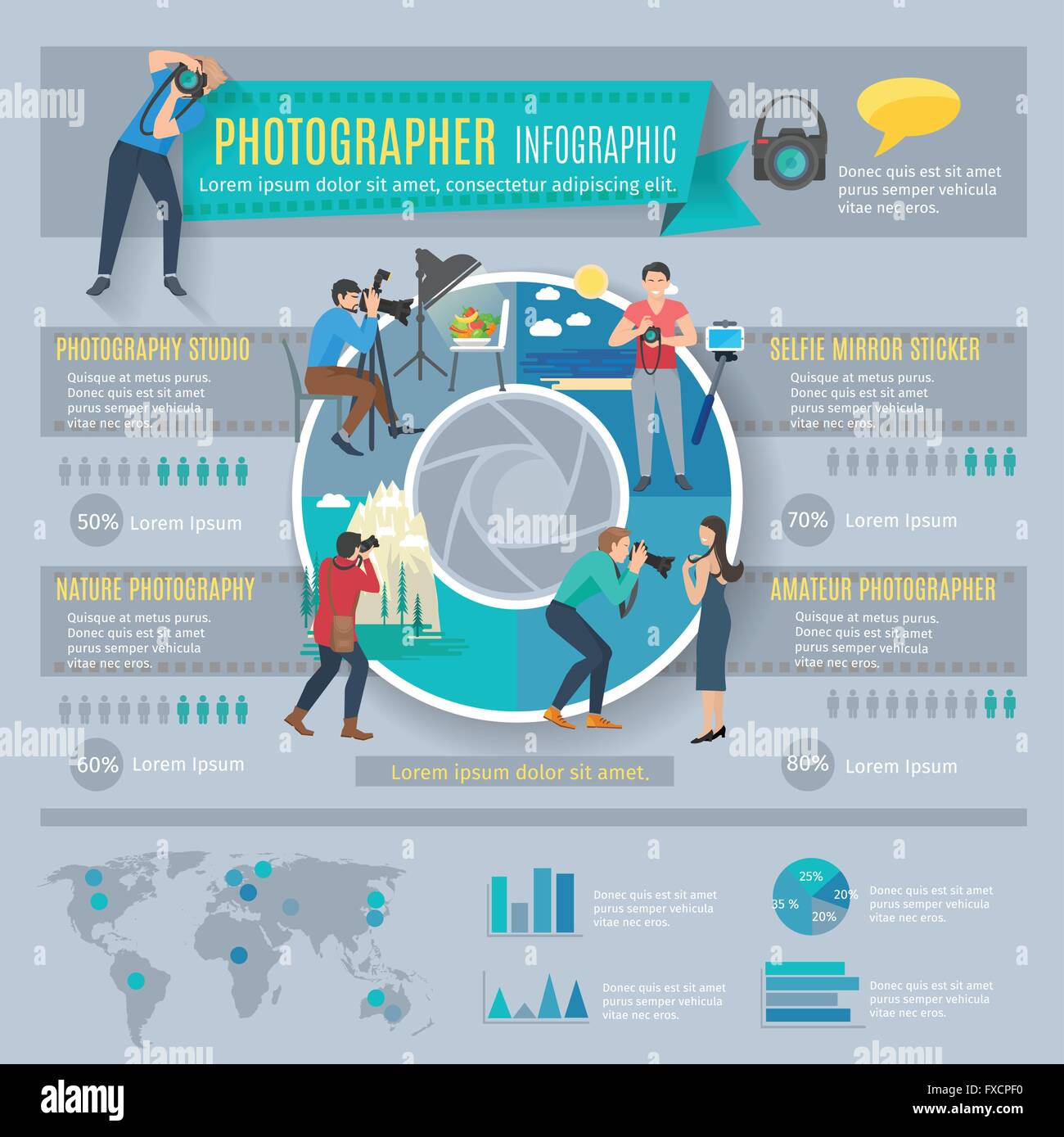Join Us To Discover Crucial Photography Suggestions That Will Certainly Open Your Video Camera'S Potential-- Prepare To Record Stunning Images In No Time At All!
Join Us To Discover Crucial Photography Suggestions That Will Certainly Open Your Video Camera'S Potential-- Prepare To Record Stunning Images In No Time At All!
Blog Article
Material By-Ballard Odgaard
When you first pick up your camera, it can really feel overwhelming with all the settings and choices available. You might find yourself questioning exactly how to navigate aperture, shutter rate, and ISO efficiently. Mastering these basics is crucial, however there's even more to photography than just technical knowledge. Comprehending make-up Profile photographer near me and lights conditions can boost your photos drastically. So, suppose you could learn straightforward methods to enhance your skills and begin capturing impressive photos faster than you think? Allow's discover how to change your digital photography journey.
Recognizing Video Camera Settings
Comprehending your electronic camera setups is important for capturing sensational images. When you grab your electronic camera, familiarize on your own with the three major settings: aperture, shutter speed, and ISO. Each plays a vital role in how your pictures turn out.
Start with aperture, which regulates the amount of light entering the lens. A bigger aperture (lower f-number) allows more light and creates a stunning background blur, excellent for portraits. Alternatively, a narrower aperture (higher f-number) keeps even more of the scene in emphasis, perfect for landscapes.
Next off, focus on shutter speed. This setting identifies how much time your cam's sensor is subjected to light. A quick shutter speed freezes activity, which is wonderful for activity shots, while a slow shutter rate can develop sensational impacts like smooth water in landscapes.
https://blogfreely.net/carroll25horace/photographers-typically-neglect-vital-fundamentals-that-can-hinder-their but not least, adjust your ISO. find out here influences your cam's level of sensitivity to light. A higher ISO works in low-light scenarios however can introduce sound or grain. Aim for the lowest ISO possible while still attaining proper exposure.
Make-up Strategies
When you're out capturing, structure can make all the difference in how your images reverberate with visitors. Start by using the guideline of thirds; envision your structure separated into nine equivalent sections with two horizontal and 2 upright lines. Setting key elements along these lines or at their crossways to create balance and interest.
Next, consider leading lines. These all-natural lines in your scene, like roads or rivers, draw the viewer's eye right into the photograph, leading them with the tale you're informing.
Do not forget about framing; use elements within your scene, like trees or windows, to produce a framework around your subject, including deepness and focus.
Additionally, watch on your background. A messy background can sidetrack from your major subject, while a basic one helps it stick out.
Lastly, experiment with balance and patterns; they can create a striking image that captures interest.
Mastering Lights Issues
Mastering illumination problems is crucial for capturing sensational photographs, as the best light can transform a regular scene into something remarkable.
Begin by observing natural light at different times of the day. Early mornings and late afternoons use the most effective light, called the golden hour. The soft, warm tones during these times can improve your images beautifully.
Don't shy away from cloudy days either; diffused light can minimize severe shadows and create a pleasing impact, specifically for portraits.
Try out Environmental photographer by positioning your subject versus the light source. This method can develop a dreamy halo effect and include depth to your photos.
Take note of your camera setups also. Change the ISO, aperture, and shutter speed to suit the lighting problems. A higher ISO can help in reduced light, yet beware of grain.
Make use of a tripod in darker atmospheres to stay clear of blur.
Last but not least, don't forget synthetic lighting. Flash and continuous lights can be fantastic tools for controlling light in difficult problems.
Verdict
To conclude, grasping your video camera doesn't need to be frustrating. By understanding your setups, applying make-up techniques, and taking advantage of the power of natural light, you'll rapidly boost your photography abilities. Bear in mind, exercise makes ideal, so get out there and experiment with your newfound understanding. With time and devotion, you'll be catching sensational pictures that mirror your unique perspective. Delight in the trip, and don't forget to enjoy while you're at it!
